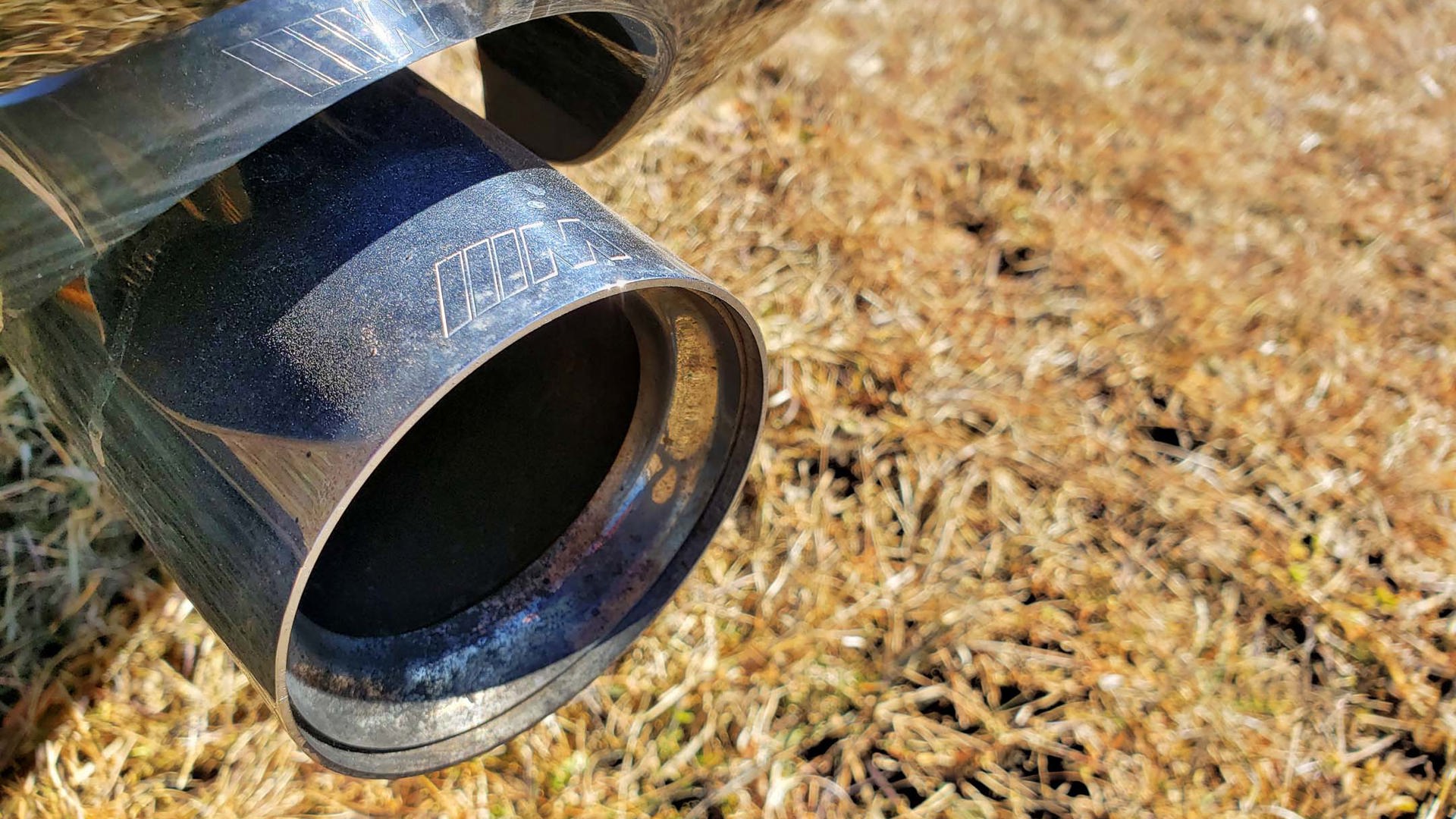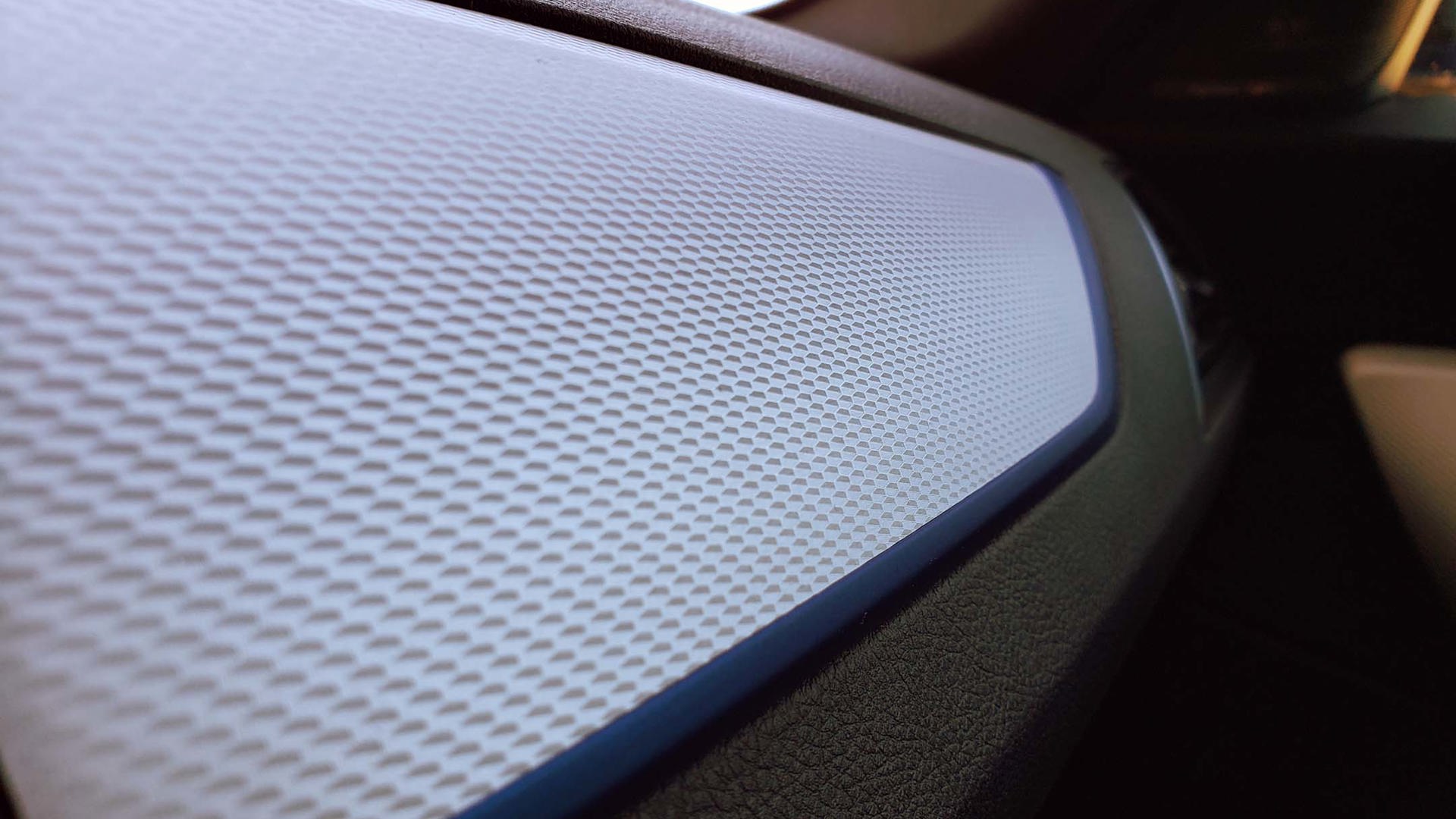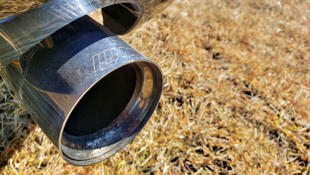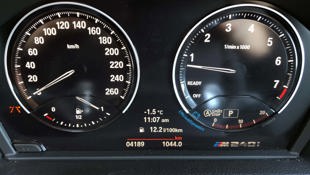Vehicle Type
Subcompact luxury car
History/Description
Hitting the road for 2014, the BMW 2 Series targeted shoppers after an authentic taste of the BMW driving experience with the brand’s lowest point of access.
This small luxury car is popular with drivers from all walks of life, and owners say it functions well as anything from a thrifty tourer to a weekend autocross car.
Feature content included navigation, a sunroof, Harman Kardon audio system, a rear-view camera, automatic lights and wipers, automatic climate control, powered memory seating, and plenty more.
Both convertible and coupe models are available.
Drivers and enthusiasts say the 2 Series is a bargain for those after something luxurious and sporty – and many agree that it put a true taste of the brand’s capabilities at an attainable price.
Engines
With two engine options, rear- or all-wheel drive, and manual or automatic transmissions, shoppers can easily select the powertrain that meets their needs.
The 228i models ran a 2.0L turbocharged four-cylinder, producing 241 hp. The 235/240i models ran a 3.0L turbocharged straight-six, good for no less than 235 hp. Models with all-wheel drive are designated xDrive, meanwhile, and feature badges on the back declaring them so.
What Owners Like
Owners report few complaints about the driving experience thanks to the 2 Series lineup’s polished powertrains. Handling and ride comfort are highly rated as well, as are the looks and overall feel of the car.
What Owners Dislike
Some owners say the 2 Series left them wishing for a slightly more punchy-looking interior, and larger rear-seat passengers will find themselves wishing for more room before long.
Pro Tip: Infotainment Reboot
You might want to learn a handy little tip from the owner community over at bimmerfest.com. According to this discussion forum, the iDrive central command system can be rebooted by holding down the volume knob for about 30 seconds.
If you notice any glitches or lagging while testing out the iDrive system, try this method and reassess. If problems persist, you’ll want to have the system checked by a professional before you buy.
The Test Drive
Which Engine?
In this discussion and others like it, the owner community leans towards the straight-six in terms of their favourite – which is good news for the performance buffs.
The more proven of the two engines, the straight-six doesn’t seem to suffer from as many potential problems as the four-cylinder, including potentially serious ones caused by failure of the timing chain or associated componentry. Thanks to an in-process fix, that problem is only a possibility – and a relatively rare one – on 2014 model year units.
A full pre-purchase diagnostic scan in a dealer setting can reveal electronic clues about this problem, and many others, that can affect either engine.
Warning signs include the illumination of a check-engine light (CEL), sluggish or lumpy performance, difficulty maintaining a smooth idle, and a tendency for the engine to feel as if it’s about to stall.
Transmission and Driveline
Owners report driveline problems with insufficient frequency to cause much concern, noting that the 2 Series’ available transmissions are relatively well-proven from use in other applications.
Remember that maintenance is key for long component life, resale value, and maintaining any remaining warranty coverage. For maximum peace of mind, you’ll need to check service records to confirm that no inspections or maintenance work (including fluid-changes) are past due.
If you’re test-driving a manual-equipped unit, remember that you may be able to make a badly worn clutch reveal itself. Just head up a steep hill at full throttle from very low revs – travelling at perhaps 75 km/h in fourth gear. Maintain full throttle as long as feasible, and if you notice any slippage, you’ll probably want to budget for a new clutch.
Turbocharger Troubles
The turbocharger in a healthy and properly maintained 2 Series shouldn’t give you any grief, and owner reports of turbocharger failure are very rare (provided the car hasn’t been modified).
In this discussion, one owner suffered turbocharger failure during the factory warranty period, which may have been caused by the use of non-factory software to increase boost levels for more power. This form of damage is not covered by warranty and may nullify any remaining warranty coverage, and can be detected even if the offending software is removed before a dealer visit. As such, shoppers are advised to stick to a non-modified unit for maximum peace of mind.
Want to be really safe? Call the seller a few hours before arriving for your test drive and tell them you need to drive the car from dead-cold. Confirm this (by touching the muffler) when you arrive. Start the engine and let it idle for three to five minutes without driving. Then observe the tailpipes, noting that heavy, greasy white smoke is a sign of turbocharger trouble.
Other Useful Checks
Inspect each wheel and the tire surrounding it, looking for signs of cracking, chipping, scuffing, or any other visible damage to either the rims or tires. Run your hand over the sidewall of the tire, and check carefully for signs of lumps or splits.
These may be evidence of a bad pothole strike, and some owners report lower-than-expected durability from the factory tires and wheels in locales with very rough roads.
If you notice any damage during your inspection, you’ll want to investigate further for signs of a bad alignment, and have a technician assess the damaged tire to see if replacement is needed. Remember that damage weakens the tire, leaving it more vulnerable to failure during future driving.
A Safe Bet
In this discussion, owners chat about how the 2 Series earned top rankings in various reliability studies and reports. Most owners in this discussion say they’ve had minor issues, if any, with their machines. Still, use your judgement: if something doesn’t feel or sound right on your test drive, it probably isn’t. Have the vehicle assessed by a professional before you buy to be certain.
The Verdict
Thus far, the owner’s community reports no widespread or alarming issues, and there’s a general sense of satisfaction with the 2 Series’ reliability, durability, and overall appeal as an upscale driver’s car.
For extra confidence, consider buying from a certified pre-owned (CPO) program in a dealer setting, which requires vehicles to meet higher standards of care and condition before being offered for sale.
Safety Ratings
NHTSA: N/A
IIHS: Top Safety Pick + (2016)
Here’s a list of recalls.




















































